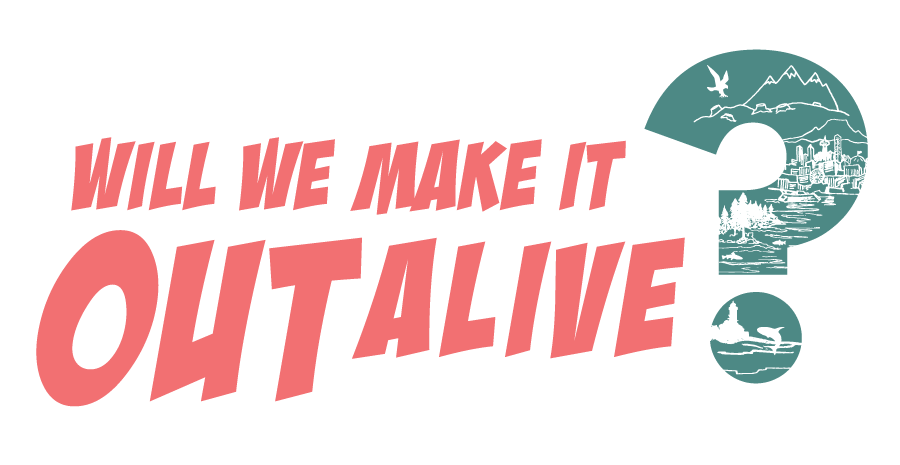GIS Tool: Spatial Catch-per-Unit Mapping
/In episode 3 of the podcast we briefly mentioned spatial catch-per-unit mapping, which is something that Emily Grason (of SeaGrant’s Crab Team) is experimenting with. We hope to catch up with her in the future to see if it was useful to determine how effective their trap placement is for catching European Green Crabs in Washington’s Salish Sea.
Because research has shown that the European green crabs typically stay within tens of meters of their home site, traps have to be set close to them or they can totally be missed. They currently look at simple heat maps of both catch locations and effort (where they are placing traps), which gives them a bit of an idea of how they’re doing, but Emily wants to dig deeper and see if there are ways to tell how efficient they are with their trap placement and maybe how likely they are to catch a crab (or its friend) after sighting it.
She’s not sure how well it will work, but her current idea for spatial catch-per-unit mapping looks a little like this:
Catch/Effort = CPUE
CPUE/Effort
Where CPUE is high but Effort is low, their trap placement is most effective.
While Amy the Poop Detective apparently needs a nap when I start talking GIS; I hope this information does not put you to sleep! Also, the P. Detective really loves GIS, so I’m not sure why she sleeping every time we start talking about it?!
Anywho, let me explain how this is calculated. The first step is to create a buffer of the crab’s range around each trap that was set (the buffer is 20 meters). Read more about the buffer tool in our other GIS tips associated with this podcast episode. Each day a particular trap is set out is one unit of effort. Therefore, at each trap, the number of crabs caught divided by the number of days the trap was set out equals the Catch-Per-Unit of Energy (CPUE). The CPUE is then divided again by the effort. Where the CPUE is high but the effort (number of days the trap was set) is low are efficient places to trap.
Crab Team can then look at where confirmed sightings have been versus where crabs have been caught to see where they might have gaps in trap placement or where they may not be spending enough time placing traps.
This is just the preliminary analysis that Emily is playing around with to see if it provides useful data that helps them better understand where to place traps in the future. We plan to check in with Emily in the future to see how well her analysis is working and how useful she is finding it.



Find out how Jen the Magical Mapper has been doing on her Plastic Free July challenge!